- Pima Medical Institute is a highly experienced and proven leader in health care education. For more than 35 years, Pima Medical Institute has offered specialized, quality healthcare training that is quick and affordable, and has been serving the Denver community since 1988. In Denver, we offer medical training in medical Training in Denver certificate programs dental assistant, expanded duties dental assistant, medical assistant, medical administrative assistant, pharmacy technician, phlebotomy technician, veterinary assistant.
School Highlights
Pima Medical Institute-Denver serves 1,227 students (100% of students are full-time).
The college's student:teacher ratio of 16:1 is lower than the state community college average of 23:1.
Minority enrollment is 62% of the student body (majority Hispanic), which is more than the state average of 51%.
Quick Stats (2025)
- Enrollment: 1,227 students
- Student:teacher ratio: 16:1
- Minority enrollment: 62%
- Source: Integrated Postsecondary Education Data System (IPEDS)
School Overview
The teacher population of 77 teachers has stayed relatively flat over five years.
Pima Medical Institute-Denver
(CO) Community College Avg.
Carnegie Classification
Special Focus Two-Year: Health Professions
Not applicable, not in Carnegie universe (not accredited or nondegree-granting)
Institution Level
At least 2 but less than 4 years
At least 2 but less than 4 years
Institution Control
Private for-profit
Private, for profit
Total Faculty
77 staff
80 staff
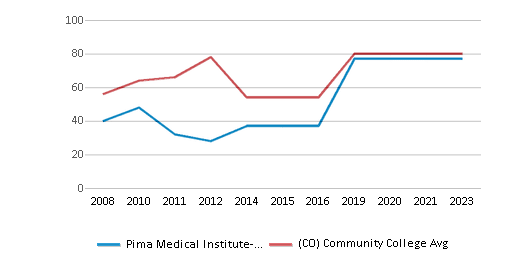
Number of Programs Offered
13
46
Student Body
The student population of Pima Medical Institute-Denver has grown by 59% over five years.
The student:teacher ratio of 16:1 has increased from 9:1 over five years.
The Pima Medical Institute-Denver diversity score of 0.62 is less than the state average of 0.69. The school's diversity has stayed relatively flat over five years.
Total Enrollment
1,227 students
1,174 students

Student : Teacher Ratio
16:1
23:1
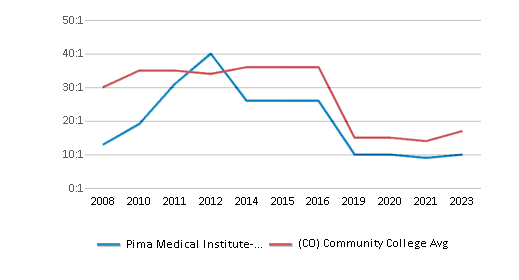
# Full-Time Students
1,227 students
712 students
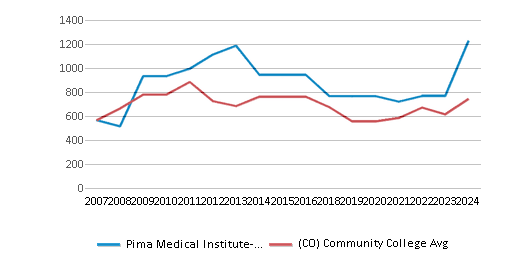
# Part-Time Students
n/a
1,500 students

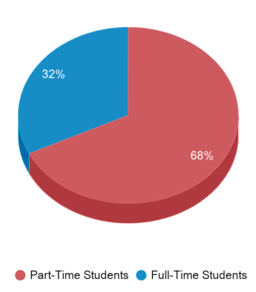
# Enrollment Undergraduate
122 students
185 students
# Full-Time Undergraduate Students
1,227 students
483 students

# Full-Time Graduate Students
n/a
95 students
# Part-Time Undergraduate Students
n/a
1,114 students
# Part-Time Graduate Students
n/a
1 students
Total Dormitory Capacity
n/a
346 students
% American Indian/Alaskan
1%
1%
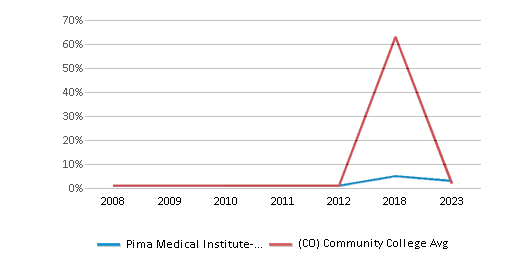
% Asian
3%
6%
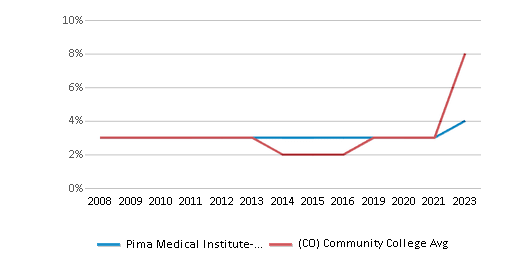
% Hispanic
48%
25%
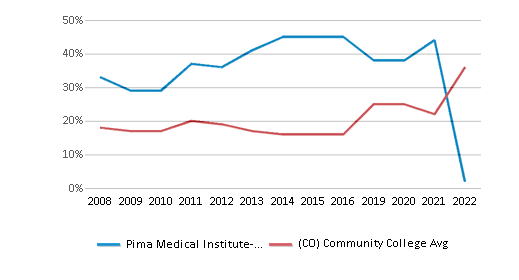
% Black
5%
6%
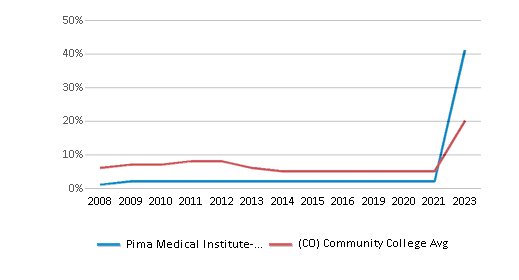
% White
38%
49%
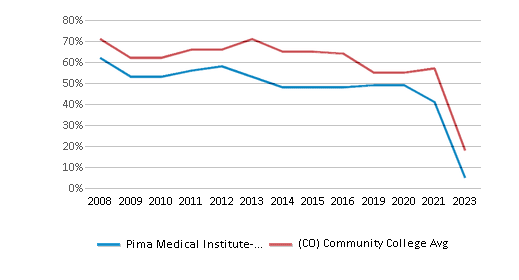
% Hawaiian
n/a
3%
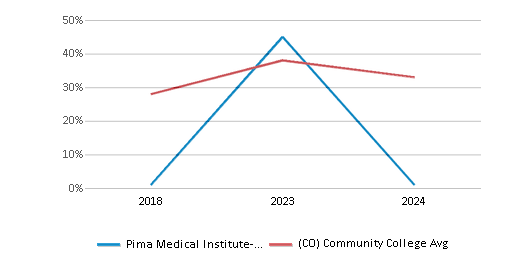
% Two or more races
5%
4%
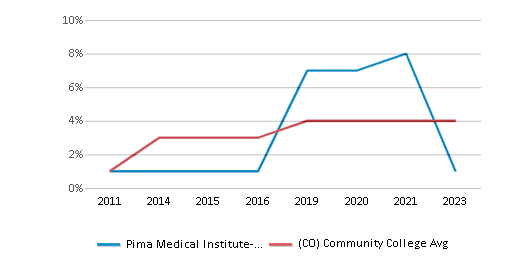
% Non Resident races
n/a
2%
% Unknown races
n/a
4%
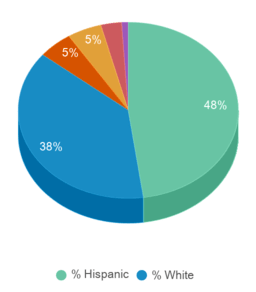
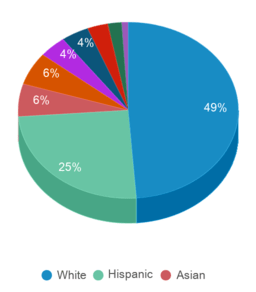
Diversity Score
0.62
0.69

College Completion Rate (Students who graduate in less than 4 years)
0.622%
0.636%
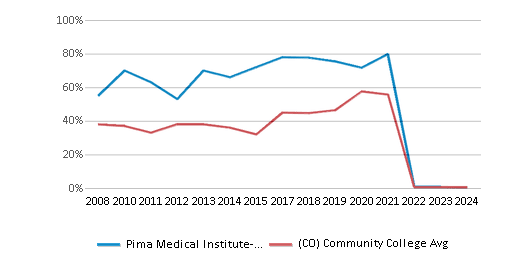
College Completion Rate (Students who graduate in 4 years or more than 4 years)
n/a
0.2712%
Average Graduate Earnings (10 Years)
$29,800
$33,300
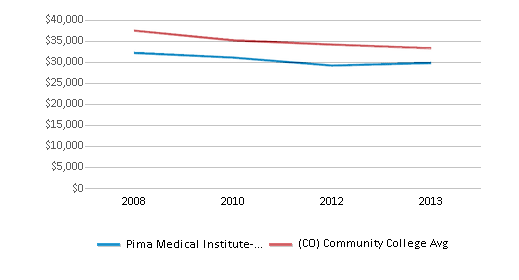
Tuition and Acceptance Rate
% Students Receiving Some Financial Aid
84%
84%
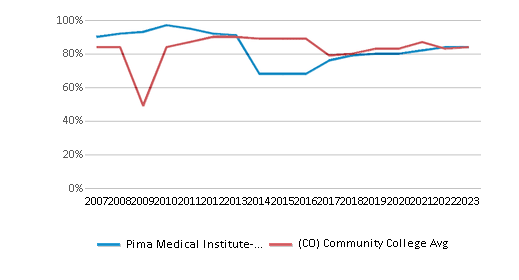
Median Debt for Graduates
$9,500
$11,000
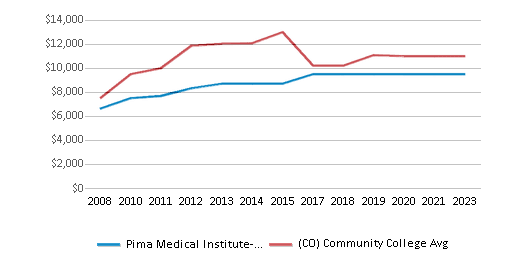
Median Debt for Dropouts
$4,718
$5,500
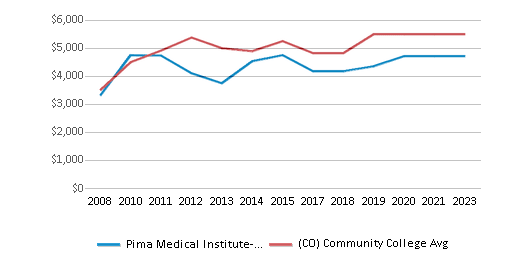
Acceptance Rate
n/a
98%
Source: 2024 (or latest year available) Integrated Postsecondary Education Data System (IPEDS)
Recent Articles

Obtaining Your Bachelor's Degree at a Community College
Explore the evolving landscape of community colleges offering bachelor's degrees, addressing affordability, accessibility, and workforce needs.

A to Z of Community College Certificates and Courses
From business and healthcare to technology and skilled trades, the article showcases the breadth of options available to students seeking to enhance their knowledge, develop new skills, or pursue career advancement.

What is a Community College?
This comprehensive guide explains what a community college is, its history, and its role in higher education. It covers the types of programs offered, differences from four-year colleges, benefits of attending, and important considerations for prospective students, providing valuable insights for those exploring educational options.





